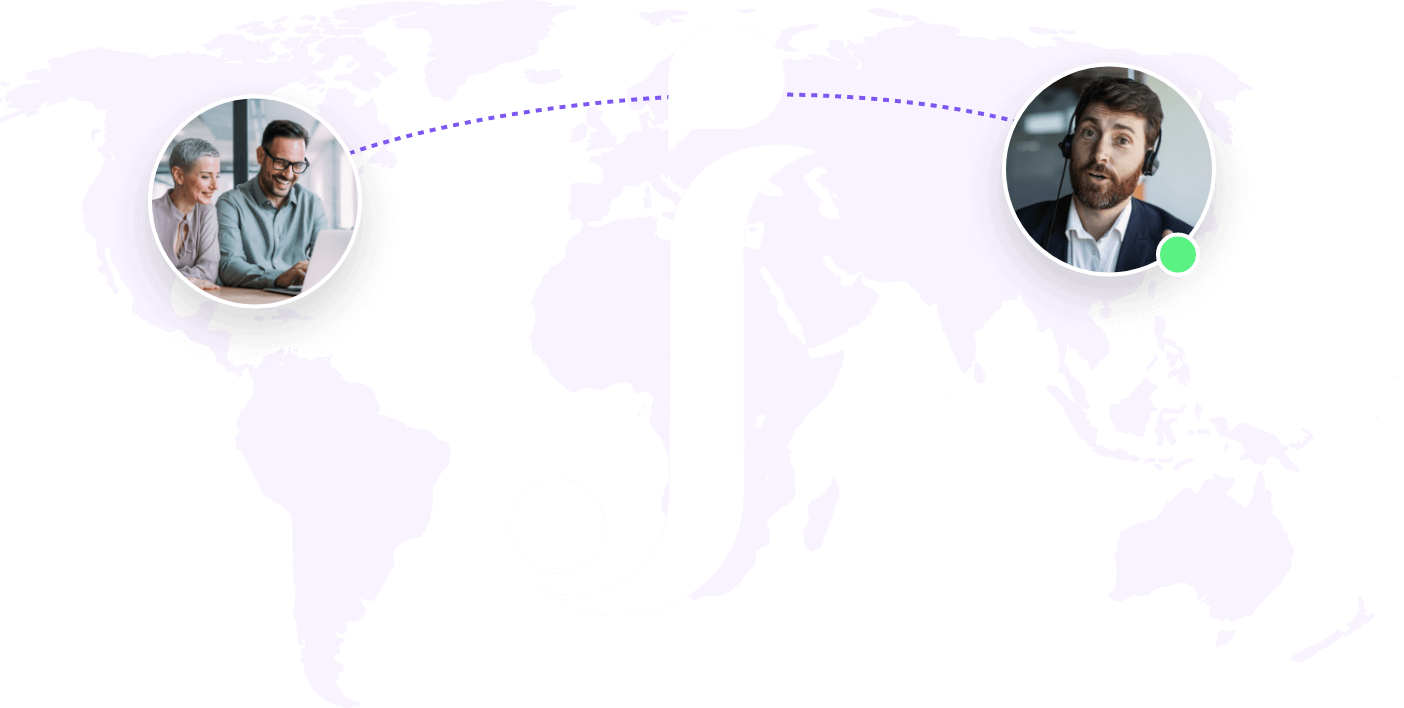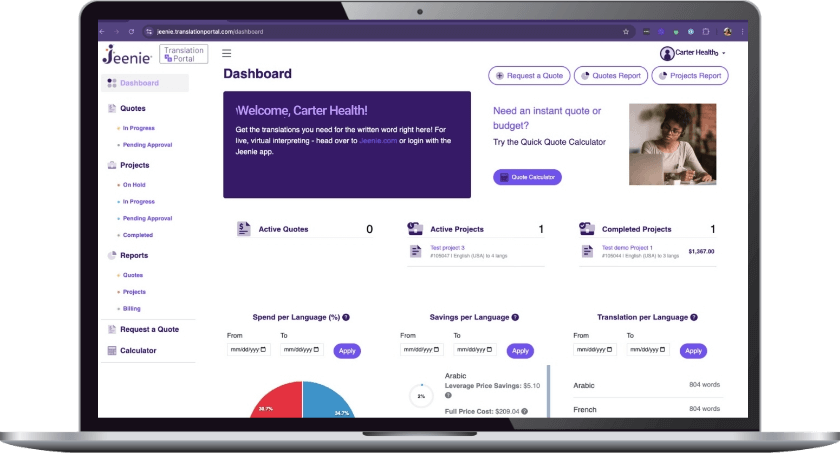

Thousand
When every second counts, Jeenie offers world-class interpreters in over 300 languages on its remote interpreting platform. Clients are matched instantly to vetted, live interpreters 24/7.
Any device. Anywhere. Any time.










Burmese, the official language of Myanmar, has a long and rich history, with its roots going back over 1,000 years. It evolved from the Pyu and Mon languages, which were spoken in ancient Burma. The earliest written records in Burmese date back to the 11th century, during the reign of King Anawrahta, who unified Myanmar and introduced Theravada Buddhism.
Over time, the language incorporated elements from Pali, Sanskrit, and later English, reflecting the country’s diverse cultural exchanges. Burmese is a tonal language, and its script, derived from the Mon script, is unique for its circular shapes. Though Myanmar has several ethnic groups, Burmese serves as a unifying language, essential for communication across the nation’s diverse regions.


Burmese culture is shaped by centuries of Buddhist traditions, artistic expression, and community values, but it has also been marked by profound struggles.
Throughout its decades of independence, Myanmar has faced military rule, civil war, and widespread poverty, all of which have deeply affected the country's social fabric. Despite this, Buddhism remains central to Burmese identity, with nearly 90% of the population practicing Theravada Buddhism. Temples and pagodas, such as the Shwedagon Pagoda, not only serve as places of worship but as symbols of spiritual resilience. The country’s culinary traditions, known for their use of fermented ingredients, and traditional arts like puppetry and dance, continue to preserve Myanmar's cultural heritage.
A hallmark of Burmese society is mingalaba, a greeting meaning "hello" or "good luck," which reflects the enduring warmth, respect, and hospitality that persists even amid ongoing challenges.
Across the industry, Burmese interpreting is typically charged on a per minute rate. With Jeenie, our rates are some of the best in the industry. Your per minute rate will depend on which Jeenie plan you have. See our Pricing page for more details.
Note: Jeenie offers the same rate for Video and Audio-only. Why?
Because we know that video sessions get better outcomes. Video captures non-verbal cues (75% – 93% of most interactions) – making it more efficient and more effective in critical interactions.
We get this question a lot.
Burmese interpreters help with spoken interactions. They are present in-the-moment to help people with different languages to communicate (Burmese into English and English into Burmese). Interpreters also serve as communication and are experts at culture nuance. They help to ensure that both parties understand each other.
Burmese translators help with written documents. Translators convert written text into the needed language.
Jeenie attracts the best interpreters in the world. Truly. We constantly hear from clients that they have NEVER had such amazing interpreters on other services. That skill saves our clients time and minimizes their risk of costly miscommunications. Here's how we excel at quality:
We treat interpreters well.
Jeenie offers linguists great compensation (often the best in the industry), work-life flexibility, ongoing learning to improve their craft, and our heart-felt respect. For this and many other reasons, the best interpreters want to be on the Jeenie platform.
We have extremely high standards.
Unlike most of our competitors who outsource huge chunks of their interpreting needs, Jeenie has created a vetted network of global talent who are active within our platform. This gives us direct oversight on quality and skills assessment. Jeenie interpreters must pass our rigorous skills evaluations, have several years of experience, maintain 4.0 average client rating, and pass ongoing quality tests.



Speak with our experienced team to get expert advice on your language access plan and catch a quick demo of our platform.